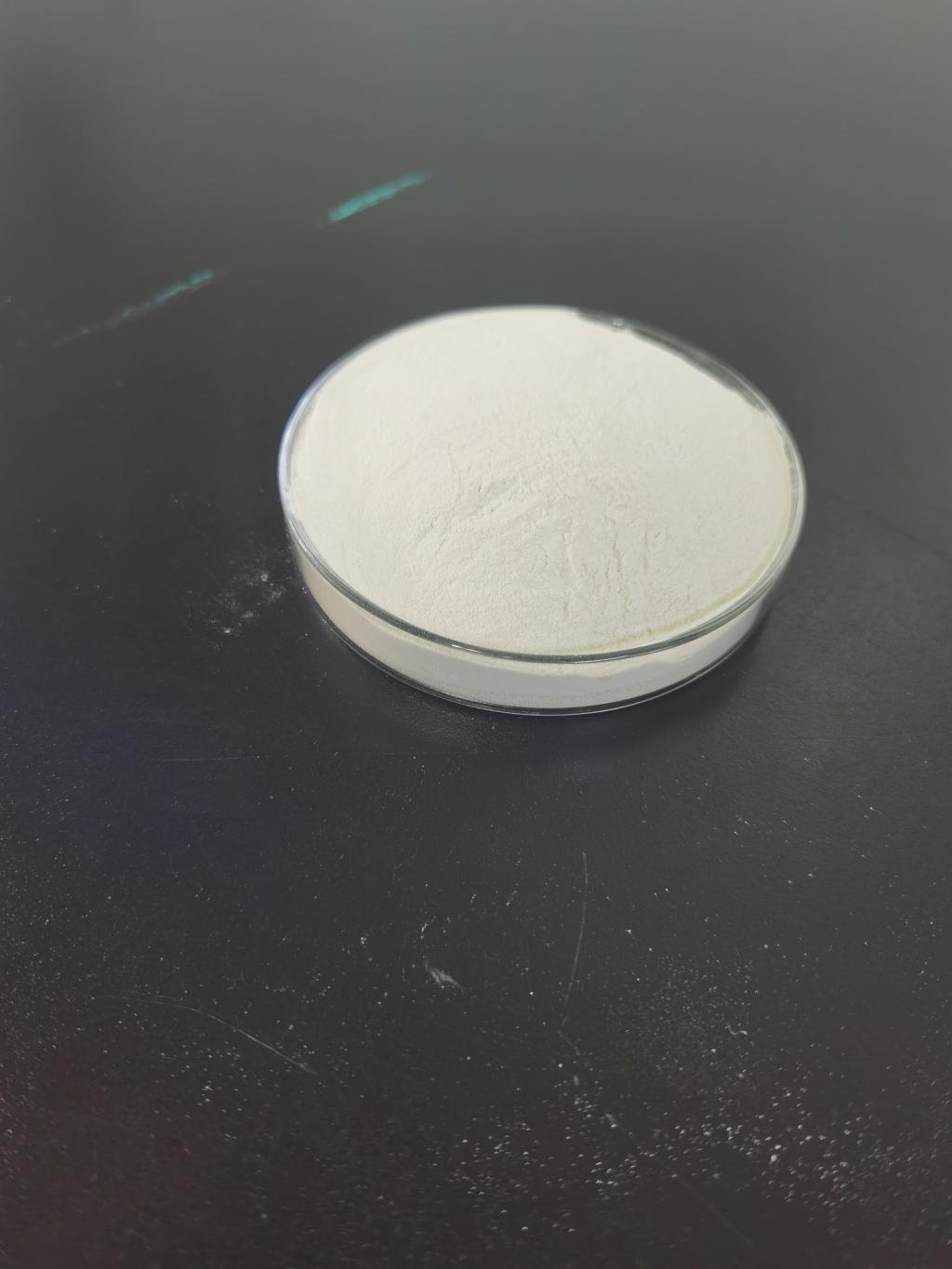Tel:+8618231198596

News
 CONTACT
CONTACT
 CONTACT
CONTACT
- Linkman:Linda Yao
- Tel: +8618231198596
- Email:linda.yao@dcpharma.cn
- Linkman:CHARLES.WANG
- Department:Overseas
- Tel: 0086 0311-85537378 0086 0311-85539701
News
Current Position:
Home >
News
>Nisin and Sustainable Agriculture Practices: A Holistic Approach to Farming
Nisin and Sustainable Agriculture Practices: A Holistic Approach to Farming
TIME:2023-12-29
I. Introduction: The Imperative for Sustainable Agriculture
Sustainable Agriculture Defined
Sustainable agriculture goes beyond conventional farming practices by focusing on long-term environmental health, economic profitability, and social equity. It seeks to balance the need for increased food production with the preservation of ecosystems and the well-being of future generations.
Challenges in Conventional Agriculture
Conventional farming practices often contribute to soil degradation, water pollution, and loss of biodiversity. These challenges necessitate a paradigm shift towards sustainable agriculture to ensure the resilience and vitality of our agricultural systems.
II. Nisin: A Natural Antimicrobial Agent with Agricultural Potential
Nisin Overview and Production
Nisin, derived from the bacterium Lactococcus lactis, is renowned for its antimicrobial properties. Traditionally used in the food industry, nisin has found new applications in agriculture. Its production through fermentation processes aligns with the principles of sustainable and green chemistry.
Nisin in Soil Health
Biofertilizer Properties: Nisin has been shown to exhibit biofertilizer properties, enhancing nutrient availability in the soil and promoting healthier plant growth.
Microbial Balance: Nisin's antimicrobial action helps maintain a balanced microbial population in the soil, preventing the dominance of harmful pathogens.
III. Nisin in Crop Protection: A Natural Alternative
Nisin as a Biopesticide
The rise of resistance to synthetic pesticides has spurred interest in natural alternatives. Nisin, with its broad-spectrum antimicrobial activity, serves as a biopesticide capable of controlling various plant pathogens, reducing the reliance on chemical interventions.
Targeted Control Mechanisms
Fungal Pathogens: Nisin has demonstrated efficacy against common fungal pathogens, offering a sustainable solution for diseases affecting crops like wheat, rice, and tomatoes.
Bacterial Infections: The antimicrobial properties of nisin extend to bacterial infections, making it an effective tool against diseases in crops such as potatoes and leafy greens.
IV. Enhancing Plant Resilience and Stress Tolerance
Nisin's Role in Abiotic Stress Management
Climate change introduces new challenges to agriculture, including increased occurrences of abiotic stresses such as drought, salinity, and temperature extremes. Nisin's role in enhancing plant stress tolerance through the modulation of stress-related genes presents a promising avenue for sustainable agriculture.
Improving Crop Yield and Quality
Nisin's positive impact on stress response mechanisms contributes to improved crop yield and quality. This dual benefit aligns with the goals of sustainable agriculture to ensure food security while minimizing environmental impact.
V. Integrating Nisin into Organic and Regenerative Farming Practices
Nisin in Organic Farming
Organic farming emphasizes natural inputs and the avoidance of synthetic chemicals. Nisin's status as a naturally occurring peptide positions it as a suitable candidate for organic farming practices, contributing to the organic agriculture movement's principles of ecological balance and soil health.
Nisin in Regenerative Agriculture
Regenerative agriculture focuses on restoring and enhancing the health of the soil. Nisin's ability to promote soil health, control pathogens, and improve stress tolerance aligns with the regenerative agriculture approach, fostering a sustainable and resilient farming ecosystem.
VI. Case Studies and Success Stories
Case Study 1: Nisin in Organic Vegetable Production
Exploring how nisin has been successfully integrated into organic vegetable farming, highlighting the positive impact on soil health, disease control, and overall sustainability.
Case Study 2: Nisin in Stress-Resilient Crop Varieties
Examining research initiatives that have utilized nisin to develop stress-resilient crop varieties, showcasing how this natural peptide contributes to sustainable agriculture in the face of climate challenges.
VII. Challenges and Considerations
Regulatory Landscape and Approval
As with any agricultural input, the regulatory approval of nisin for use in farming practices is crucial. Harmonizing regulations and streamlining approval processes can facilitate the adoption of this sustainable solution.
Education and Adoption
Farmers' awareness and understanding of the benefits of nisin in sustainable agriculture are essential for widespread adoption. Education campaigns and knowledge-sharing initiatives can bridge the gap between scientific advancements and on-the-ground implementation.
VIII. Future Prospects and Innovations
Biotechnological Advances
Continued research into biotechnological methods for nisin production and delivery systems can enhance its efficacy and practicality in diverse agricultural settings.
Synergy with Precision Agriculture
Integrating nisin with precision agriculture technologies, such as sensors and drones, can optimize its application, ensuring targeted and efficient use while minimizing environmental impact.
IX. Conclusion: Nisin as a Pillar of Sustainable Agriculture
As agriculture stands at the crossroads of environmental stewardship and food security, nisin emerges as a versatile and eco-friendly tool in the pursuit of sustainable farming practices. Its applications in soil health, crop protection, and stress tolerance contribute to a holistic approach that aligns with the principles of the circular economy. Embracing the potential of nisin requires collaboration between scientists, farmers, policymakers, and the industry to usher in a future where agriculture is not only productive but also regenerative, resilient, and sustainable.
- Tel:+8618231198596
- Whatsapp:18231198596
- Chat With Skype







